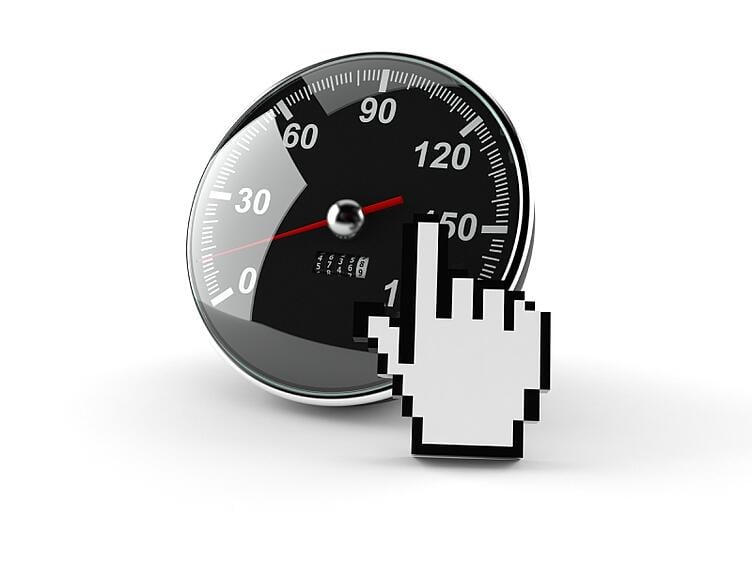How to Reduce Website Load Speed - Five Tips to Speed Up Your Site

Website load time is critical to keeping potential customers on your site. At least one well known study shows that a webpage has about 3 seconds to load before consumers become impatient and begin to abandon the site. Yes, 3 seconds. If webpage load time is that important to your potential customers, doesn’t it make sense that you would be asking “How do I speed up my website?” Here are five tips you can utilise that will help you do just that.
1. Reduce HTTP Requests
As much as 80% of a web page’s response time is spent downloading everything on the page. Clean, simplified web pages load faster than those that are heavy on images, flash and scripts. But, without all of the bells and whistles, can you still create an engaging web page? Absolutely: It’s just a question of moderation and employing a few tricks.
For example, combine all scripts into one. It is challenging when they vary by page, but this crucial step will improve the website load time. Also, make a single image from multiple images. The size won’t be much different, but the reduced number of HTTP requests will speed up the process.
2. Above-the-Fold Content
Google recommends that you focus on minimising the amount of data needed to display the content located above-the-fold. In order to reduce the time it takes a page to load, try setting up HTML so that it loads content located above-the-fold first. For example, widgets that are placed by or originate from a third party should take second place behind the main content when loading.
3. Minify Your Resources
This includes all resources, such as CSS, JavaScript and HTML. Remove all data that is redundant and not necessary, but that which does not impact browser processing. An optimised version of your HTML code can be generated using PageSpeed Insights for Google Chrome. To minify CSS and JavaScript, Google suggests using YUI Compressor. For JavaScript alone, they suggest trying JSMin or Closure Compiler.
4. GZIP AND BROLI
Compression can reduce the size of the HTTP response by up to 90%, significantly improving web page load times. The emergence of BROLI is gaining popularity due to its specific design for websites compared to GZIP, which is tailored for files. When compared directly, BROLI results in a 14% reduction in Javascript files, 21% in HTML files, and 17% in CSS files. Make sure to consider this when making a plan to reduce your website's load speed.
5. WEBP is essential
Utilising WebP format for images is essential for any website. Google explains that WebP images can be up to 26% smaller than PNG, resulting in a significant enhancement of your webpage loading speed. Moreover, Google highlights that incorporating WebP can also boost your website's SEO, leading to better long term results.
5. The Importance of CDNs
The location of the server in relation to the user has an impact on page load speed, but if you spread out your content among several servers it will expedite the load time. A content delivery network, or CDN, will do that for you. A CDN is a group of servers in different places around the world, and they do a couple of things very well. First, a CDN can send cached files from the location closest to the user, and second, a CDN can send cookie-free content.
There is no magic single solution to how to improve website load speed, and some factors are out of your hands altogether. You can’t control the end user’s internet service provider or his bandwidth speed, for instance. However, there are things you can do in development that will help your pages load faster, thus ensuring that your site has a fair shot with the end user. You can also monitor and improve your page speed loading times over time using Google’s PageSpeed Tools.
With page load time becoming more important to the end user, it is more important than ever to ensure that your website load speed is optimised. Follow the tips listed here, and you could see a reduction in your bounce rate due to slow load times.
Please contact us at JDR to learn more about how we can improve your website load speed.



